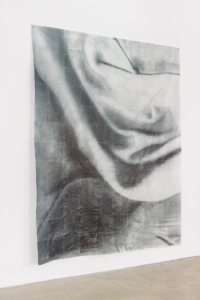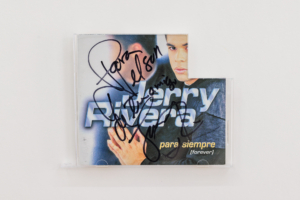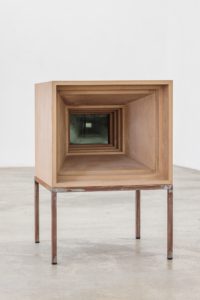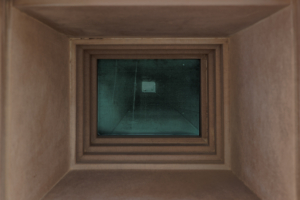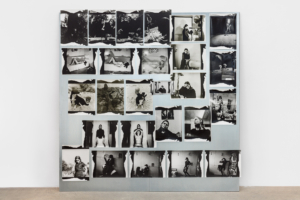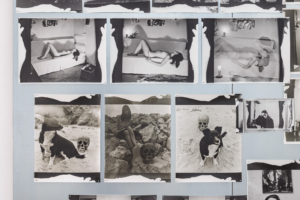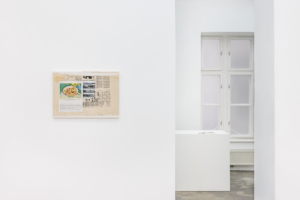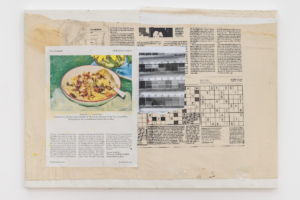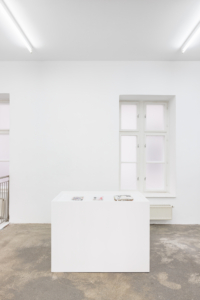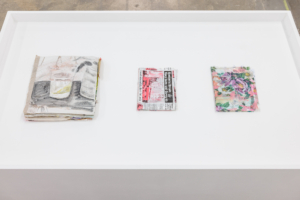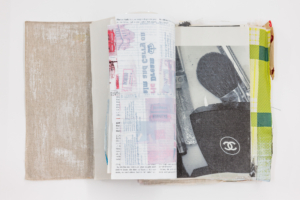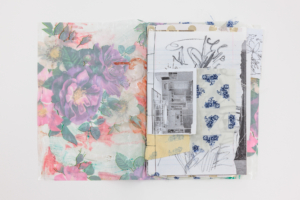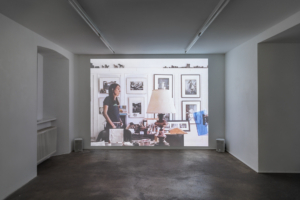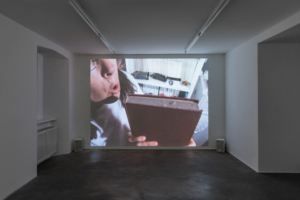Taking Notes
Moyra Davey | Sofia Defino Leiby | Sarah Lehnerer | Rose Salane | Sophie Thun | Marina Xenofontos
“Strange, though, that we can never catch it in the act,” writes Christa Wolf in Ein Tag im Jahr (One Day a Year), on attempts to capture life. She continues: “It escapes the watching eye and the diligently noting hand, and in the end—at the end of a chapter of one’s life, too—has assembled itself behind our backs according to our unspoken needs: More substantial, more significant, more exciting, more meaningful, heavier with stories.” [1] The exhibition Taking Notes takes up precisely this awareness-desiring, introspective, reconstructive moment; a moment that seeks to materialize what has been lived and felt, to translate it into multiple perspectives and/or media.
The act of note-taking manifests as an attentive way of perceiving (unknowingly) established routines in everyday actions and thought, a form of listening, zooming in and out. Interwoven with a certain logic of recording, it adopts a diaristic, explorative, and partly self-contemplative mode, one that takes the everyday world, the supposedly banal, as its starting point, grasping it as material and shaping and altering and transferring and processing it further. Pressing questions about the reproduction and representability of everyday lived experience, its actual transferability and translatability, are already inherent within this process, given the fallibility and manipulability of the perceiving and remembering self. How can we get hold of a world that eludes mere observation?
In a state of simultaneity, occupying the neither-nor, the presented works probe supposedly opposing realms, their fraying visible: Note-taking—be it in the form of photography, sculpture, drawing or actual diary writing—moves between the subjectively experienced and the objectively categorized, the supposedly private somewhere within the sphere of the public. It oscillates between reflective and fictionalizing representation, and thus between reassurance and alienation. It juxtaposes the idea of a coherent ego that promises authenticity and truth, alongside their simultaneous destruction. At the same time, it could be described as a search for individual recollection within collective memory. Demonstrably, the narration of one single, individually-experienced moment may then also serve as a testament, a critical analysis; a document of history. Preserving the sentiment of the times, it can be read as symptomatic of existing societal processes and embedded in already determined cultural and political narratives.
[1] Wolf, C. (2007). One Day a Year: 1960–2000. Translated by Lowell A. Bangerter. New York City: Europa Editions, p. 13.
PRESS


